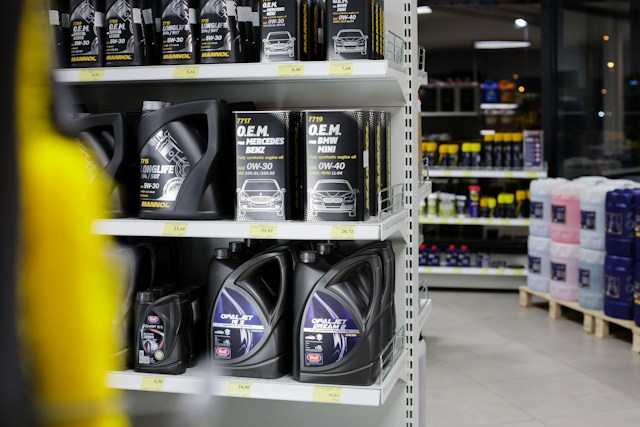Navigating the intricacies of real estate requires local knowledge. Realtors with a strong understanding of market trends, neighborhood dynamics, and property values can offer strategic insights that benefit homeowners and investors alike.
Choose a real estate agent with proven experience.
Real Estate Agent
The right real estate agent can be a great asset throughout your home-buying or selling journey. They can quickly and efficiently guide you through the process and help you navigate any challenges. To find the best real estate services Santa Cruz, CA, start by researching. Read reviews online and interview multiple agents to understand their professionalism and work ethic.
A good realtor will possess strong communication skills critical in the highly competitive real estate market. They’ll be able to clearly articulate your home’s unique value and facilitate effective negotiation processes.
Suppose you plan on selling your property; hiring a real estate agent several months before your listing date is a good idea. It will give you time to renovate and maximize your sale price.
Home Inspection
Inspecting your home before making any final buying decisions is a good idea. A professional inspector will check the home’s structure, roof, air conditioning/furnace, and electrical systems. The inspection should take a few hours. You can find a certified home inspector through a service or real estate agent.
Your inspector will search for damage and issues, such as leaky roofs or foundation fissures. He will also examine the home’s heating, electrical, and plumbing systems. He may find items that need to be repaired or replaced, which you can use to negotiate with the seller.
Even new construction can have issues that must be addressed, especially if the builder must be more careful. It’s a good idea to ask the seller to cover repairs or give you a credit towards them. If the problems are mild, you may walk away from the deal.
Negotiation
Santa Cruz’s breathtaking natural beauty, vibrant culture, and robust economy make it an ideal place to live or invest in real estate. Whether you’re looking to buy a single-family home, duplex, or other property type, it is crucial to research and understand the local market before deciding.
A reputable realtor combines experience with savvy negotiation skills and deep market understanding to help you achieve your real estate goals. This expertise elevates the overall buying or selling experience and increases your chances of a successful and stress-free transaction.
The buyer’s agent will understand your needs, wants, and financial parameters. They’ll also be able to help you navigate the complicated and sometimes emotionally charged process of writing an offer. It’s important to interview potential buyers’ agents before choosing one. Ideally, they should be available and willing to meet your schedule. Be sure to ask about their past success with similar properties.
Marketing
Whether buying or selling, your local real estate professional can help. They can provide you with the most up-to-date market trends and activity data and connect you with the right people to meet your needs. Search our local listings to find a real estate agent who can help with your home or commercial property needs. You can also use tools to get a free home valuation estimate, find information on schools in the area, and view an agent’s active listings and past sales.





